Environment
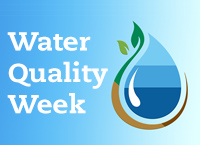
Wetlands and Water
Wetlands and Water A combination of geology and abundant rain has endowed Ireland with an extraordinary array of wetlands covering some 20% of the country. Functional wetlands are among our most productive environments providing a vast array of eco-system services. ASSAP advisor Mary Roache has more information Most of our wetlands occur […]
25 March 2021
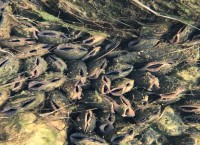
Water Quality and the Freshwater Pearl Mussel
Water Quality and the Freshwater Pearl Mussel The freshwater pearl mussel (Margaritifera margaritifera) is a large filter-feeding bivalve. European freshwater pearl mussel populations have declined by 90 % over the past century. Mary McAndrew, Catchment Officer Pearl Mussel Project gives information on this long lived creature. Freshwater pearl mussels are extremely long […]
25 March 2021

The importance of trees in Ireland
The importance of trees in Ireland Ireland’s waterways evolved in tandem with our native woodlands. Of the 16,000 townlands in Ireland 14,000 have names related to trees, forests and water. Farm forests are known to reduce the leaching of nutrients from agricultural soils Ireland’s relationship with trees run over millennia. From the […]
25 March 2021
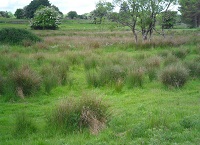
MCPA and rushes
MCPA and rushes In 2020 MCPA commonly used to control rushes was responsible for 46 out of 91 detected pesticide breeches. MCPA is water soluble, it does not bind to soil particles and therefore more prone to leaching and run-off to nearby waterbodies. Mary Roache, ASSAP Advisor Mayo, talks about Rush Spraying […]
25 March 2021
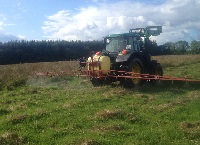
Best Practice use of pesticides
Best Practice use of pesticides Monitoring of drinking water in Ireland continues to detect exceedances above the standard for certain herbicides. The chemicals causing greatest problems are MCPA (Agritox, Mortone, etc) and 2,4-D (Bandock EW, Mortox 50 etc). They are highly soluble in water. Kieran Kenny ASSAP Advisor has more The chemicals […]
25 March 2021
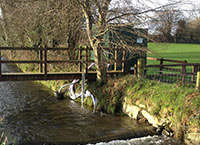
Pesticides and losses to water
Pesticides and losses to water What happens to pesticides after application? TEAGASC researchers have monitored the concentrations of commonly used herbicides in two agricultural river catchments as a part of the EU Horizon 2020-funded WaterProtect. Per-Erik Mellander, Catchment Scientist, has details of this on-going monitoring Monitoring in the Agricultural Catchments Programme Modern […]
25 March 2021

Drainage Maintenance to protect Water Quality
Drainage Maintenance to protect Water Quality Ireland lies in a temperate zone where the main role of drainage is the removal of excess water in the root zone of crops from surplus rainfall, improving land trafficability and increasing productivity. Meabh O’Hagan, ASSAP Advisor and Niall McLoughlin, Lakeland Dairies has some advice. When […]
24 March 2021
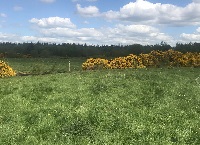
Phosphorus Use on Peat Soils
Phosphorus Use on Peat Soils A recent analysis conducted by the Teagasc Rural Economy and Development programme indicates that approximately 6% of the country (420,000 Ha) is made up of cultivated peats across a wide range of farming intensities. Fiona Doolan, ASSAP Advisor Kildare/Laois, discusses Phosphorus Use on Peat Soils A recent […]
24 March 2021
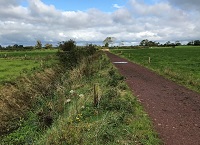
Managing farm roads to protect water quality
Managing farm roads to protect water quality Farm roadways are an essential piece of infrastructure on most livestock farms and in particular dairy farms. Under new Nitrates rules there shall be no direct runoff of soiled water from farm roadways to waters from 1st January 2021. Padraig Fitzgerald, Teagasc Advisor lists the […]
24 March 2021
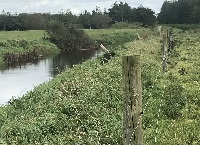
What is a Riparian Margin & what can it do for Water Quality?
What is a Riparian Margin & what can it do for Water Quality? A Riparian Margin is the land that runs alongside our rivers and streams. Here, Fiona Doolan, Teagasc ASSAP Advisor, Co. Laois, talks about a variety of riparian margins. She explains the benefits of a riparian margin on water quality […]
24 March 2021
